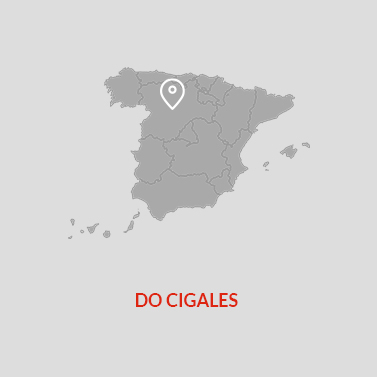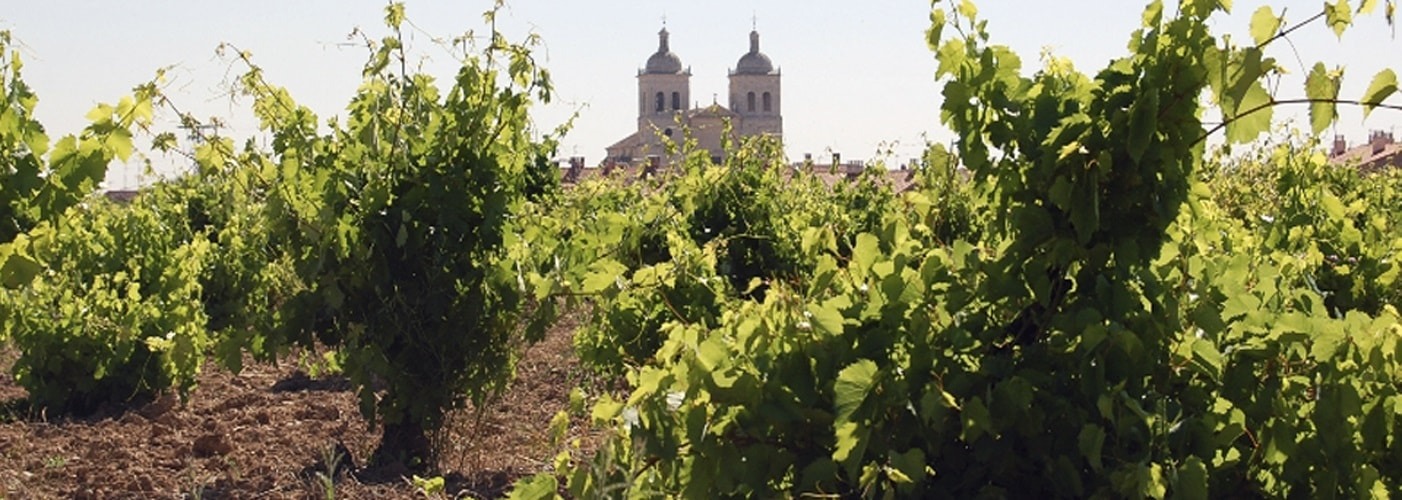53,300 hl
You are here
Cigales DO


Cigales has always been associated with aromatic & rosé wines. But once the area was granted DO status, producers began to show an interest in making red wines as well, following the example of other Duero valley DOs, and, above all, given the enormous potential of the region's reigning variety, Tempranillo, also known here as Tinta del País.
Certainly, the soil, climate and grapes of this small growing area (still less than 3,000 hectares) as well as the first results attained by the bodegas, promise well for the future. In fact, the DO Regulatory Council is presently drafting new regulations that will include other varieties - Cabernet Sauvignon and Merlot for reds, and Sauvignon Blanc for rosés - to enhance the wines.
Meanwhile, this remains the most traditional of the DOs in Castile and Leon. Bodegas buy in from family village vineyards, called majuelos, where the work throughout the year and the harvesting itself are generally done by the families themselves. However, the DO is also beginning to attract new outside investment from both the public and private sector as a result of its recent adaptation of its wines to current tastes.
Regulatory Council
Consejo Regulador DO Cigales
C/ Corro Vaca, nº5
47270 Cigales
Valladolid
Tel.: +34 983 580 074
consejo@do-cigales.es
www.do-cigales.es
Sources
- Spanish Ministry of Agriculture
- Regulatory Council, Cigales PDO
The DO Regulatory Council is presently drafting new regulations that will include other varieties - Cabernet Sauvignon and Merlot for reds, and Sauvignon Blanc for rosés - to enhance the wines.


2,000 ha.
700-800 m.
The ground is formed by tertiary and quaternary sediments: sands and limestones rests on clays.
Albillo and Verdejo.
Tempranillo, Garnacha and Garnacha Gris.
7,000 kg/ha
70 %
57,600 hl
57,500 hl








